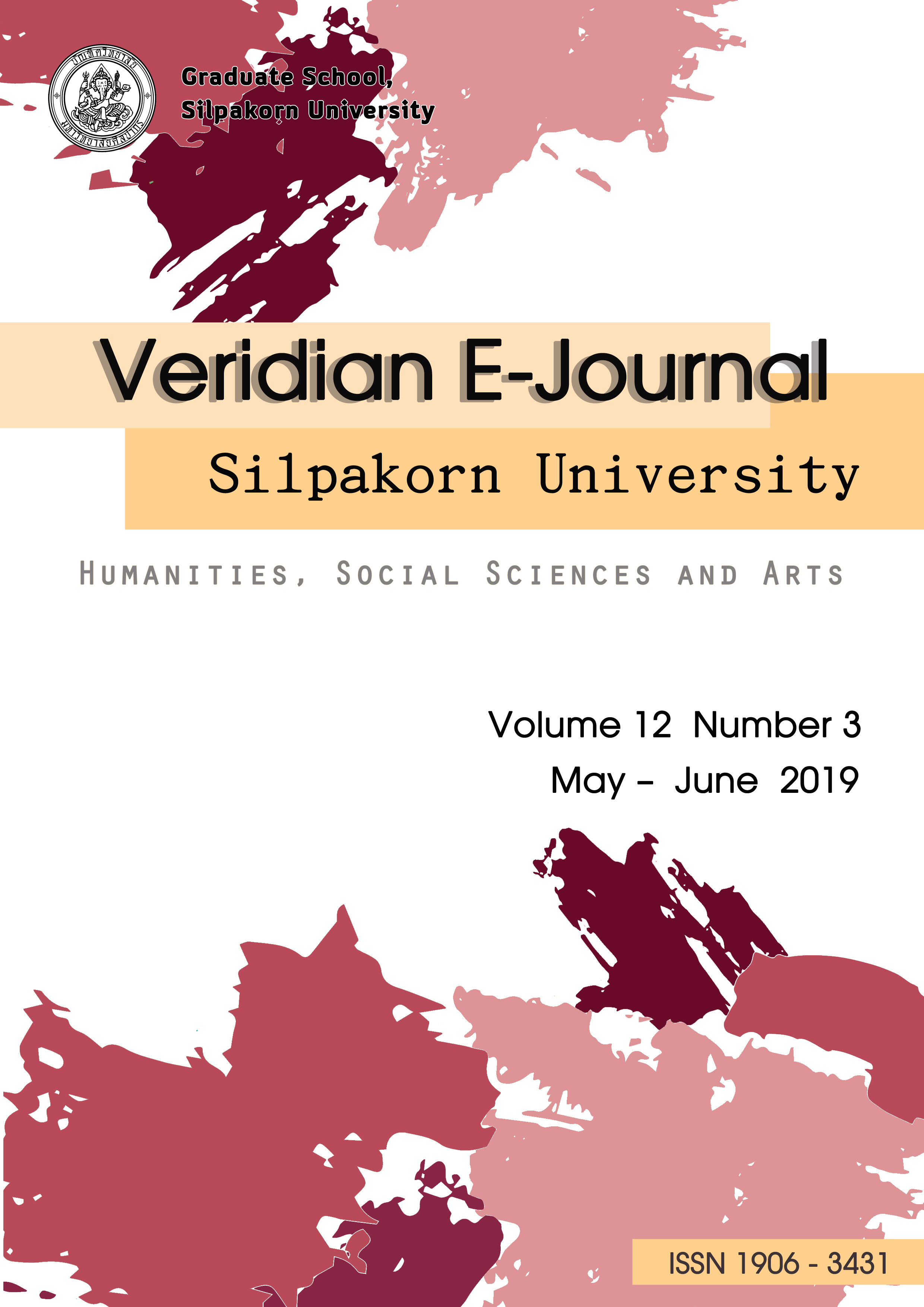แนวคิดและแนวทางการทำวิจัยพัฒนาตัวบ่งชี้ทางการศึกษาและการนำไปใช้ประโยชน์ (The Concept and Guidelines of Conducting Research for Developing Educational Indicators and Its Utilization)
Main Article Content
Abstract
บทความวิชาการเรื่องนี้มีวัตถุประสงค์ 3 ข้อ คือ (1) เพื่ออธิบายแนวคิด ความสำคัญ และเทคนิคการพัฒนาตัวบ่งชี้ทางการศึกษา (2) เพื่ออธิบายแนวทางการออกแบบและการทำวิจัยพัฒนาตัวบ่งชี้ทางการศึกษา และ (3) เพื่อศึกษาการนำผลการวิจัยพัฒนาตัวบ่งชี้ทางการศึกษาไปใช้ประโยชน์ บทความเรื่องนี้มาจากการสังเคราะห์เอกสารเป็นหลัก โดยใช้บทความวิจัยในฐานข้อมูลดัชนีการอ้างอิงวารสารไทยในรอบ 10 ปีที่ผ่านมา (พ.ศ. 2552-2561) เป็นกรณีศึกษา ผลการสังเคราะห์เอกสาร พบว่า (1) องค์ความรู้ที่เกิดจากการวิจัยพัฒนา ตัวบ่งชี้ทางการศึกษา คือ ชุดขององค์ประกอบและตัวบ่งชี้ที่สะท้อนคุณภาพหรือคุณลักษณะของสิ่งที่ศึกษาซึ่งส่วนใหญ่เกี่ยวข้องกับคุณลักษณะที่พึงประสงค์ของบุคคล เช่น ผู้บริหารสถานศึกษา ครู ผู้เรียน เป็นต้น (2) การออกแบบการวิจัยพัฒนาตัวบ่งชี้ทางการศึกษานิยมใช้วิธีวิทยาการวิจัยเชิงปริมาณมากกว่าเชิงคุณภาพ และเทคนิคที่นิยมใช้มากที่สุดในการวิจัยเชิงปริมาณ คือ การวิเคราะห์องค์ประกอบเชิงยืนยันอันดับที่สอง และ (3) การนำผลการวิจัยพัฒนาตัวบ่งชี้ทางการศึกษาไปใช้ประโยชน์นิยมทำใน 2 ประเด็น ได้แก่ การใช้ประโยชน์ในเชิงวิชาการ และการใช้ประโยชน์ในเชิงนโยบาย
The objectives of this article are (1) to explain the concept, importance, and techniques for developing educational indicators, (2) to explain the guidelines of research design for developing educational indicators, and (3) to study the research utilization of educational indicators. A documentary synthesis was applied and research papers published during 2009 and 2018 in the database of Thai-Journal Citation Index (TCI) were used as case studies. The synthesis results revealed that (1) body of knowledge of the research for developing educational indicators was a set of educational factors and indicators which mostly involved in human characteristics such as headmasters, teachers, students, etc.; (2) quantitative research methodology was more frequent applied than qualitive research methodology to develop educational indicators. Furthermore, the most popular quantitative technique used was second order confirmatory factor analysis; and (3) the research utilization for developing educational indicators emphasized upon two aspects comprising academic utilization and policy utilization.

